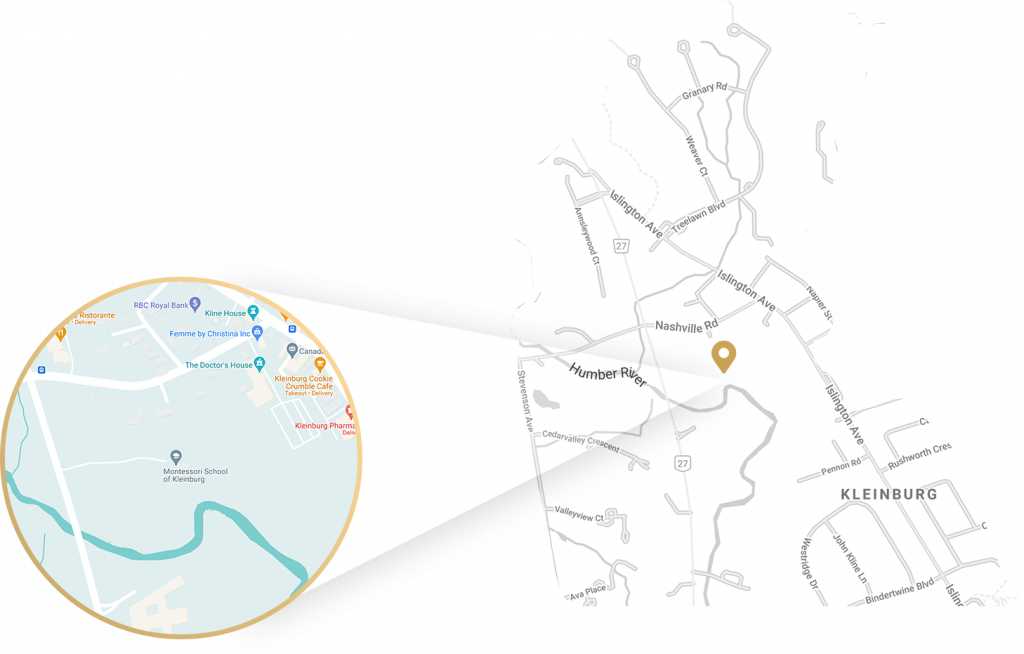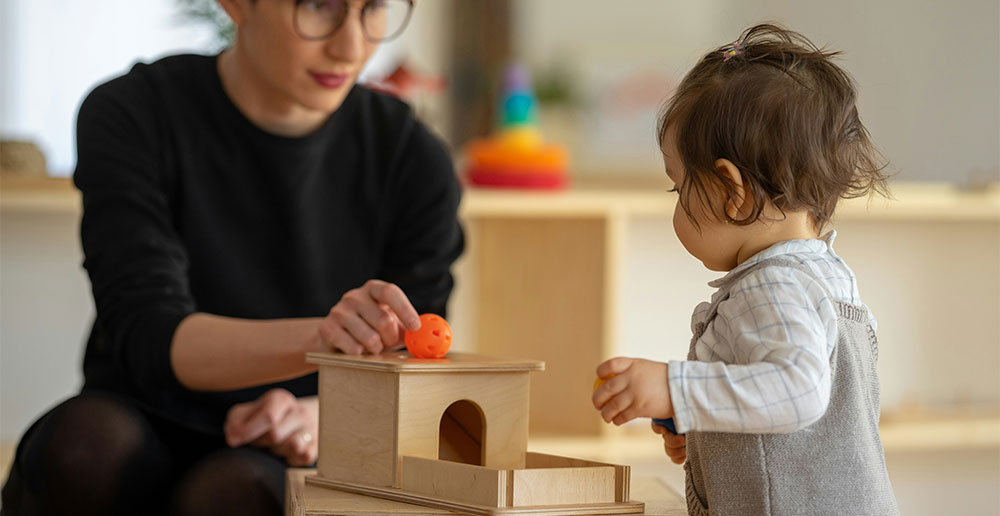
Why I Choose to be a Montessori Educator
Through the eyes of our MSK Team… I first learned about Montessori about 30 years ago at the kitchen table at my parent’s home. My
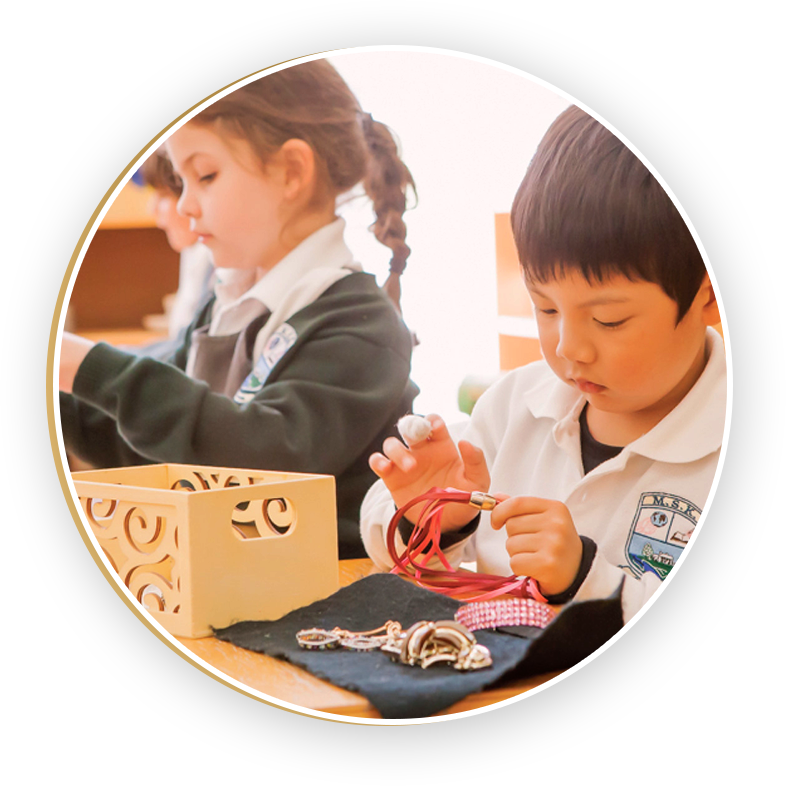


Since 2002 MSK has had the pleasure of educating hundreds of students. Since then these students have grown into respectful, responsible and resourceful young adults working in areas such as Engineering, Teaching and Law. Parents and students continue to keep in touch with Montessori School in Kleinburg as it is their “home away from home” a place they know that they can return to anytime and will treasure as their first place to start their academic journey. Trusting, Awarded and Accredited, MSK is the first school of choice for many parents then and now. We look forward to what the next twenty plus years have in store. The best is yet to be!

The Montessori School in Kleinburg is an independent, non-denominational school serving a diverse community of families. Our goal is to give our students access to the best Montessori and Ontario Ministry of Education curriculum. We are comprised of a dedicated team of professionals that believe education leads our souls on a pathway to determine what is best for us and in doing so, we will make the most out of our lives. At the Montessori School in Kleinburg, students will learn about respect, responsibility, and resourcefulness both about themselves and the world around them. Our students will learn within a safe, scenic and enriched environment to ensure that they continue to grow and become an aware, respectful and contributing member of society.
To empower our students using a positive and meaningful approach so that they may develop the necessary skills to reach their potential and become successful contributing members of society.
We are committed to achieving our Mission and Vision by:
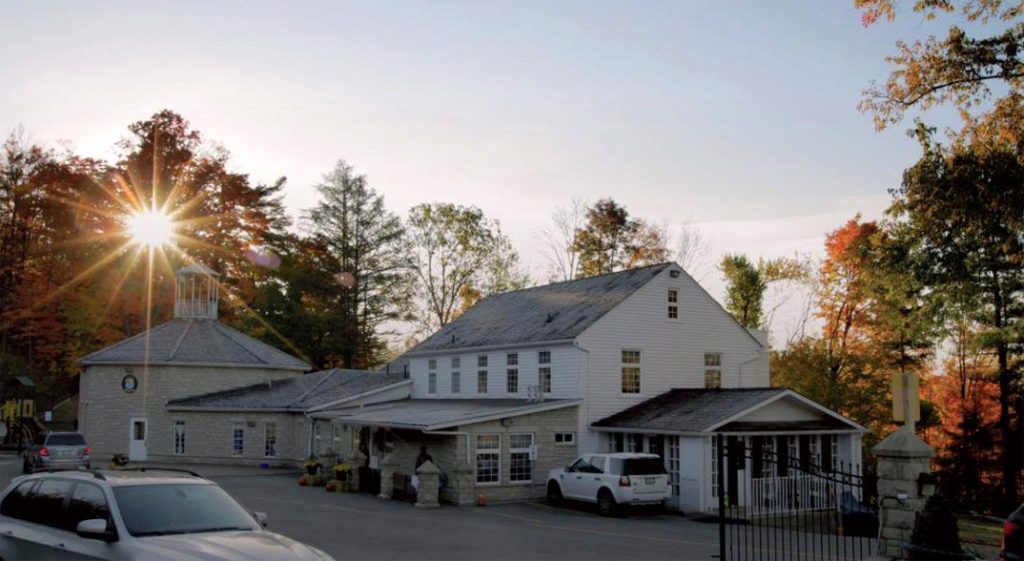
Tucked away from major roadways, MSK sits on thirteen acres of forestry that overlooks the Humber River — and it brings us great joy that we were able to share this beautiful space with our community. As we are surrounded by natural wildlife, each season brings a new masterpiece – from the explosion of colour in the fall foliage to the fresh buds and new life that visit us each spring, we know that MSK is a special place. And, upon visiting our school, you too will appreciate the scenic, serene and safe environment that we offer to our students.

Through the eyes of our MSK Team… I first learned about Montessori about 30 years ago at the kitchen table at my parent’s home. My

Hello January 2024, after the Holiday’s we get back into our regular day to day routine of school and work. We have had a mild

Through the eyes of our MSK Team… I first learned about Montessori about 30 years ago at the kitchen table at my parent’s home. My

Hello January 2024, after the Holiday’s we get back into our regular day to day routine of school and work. We have had a mild
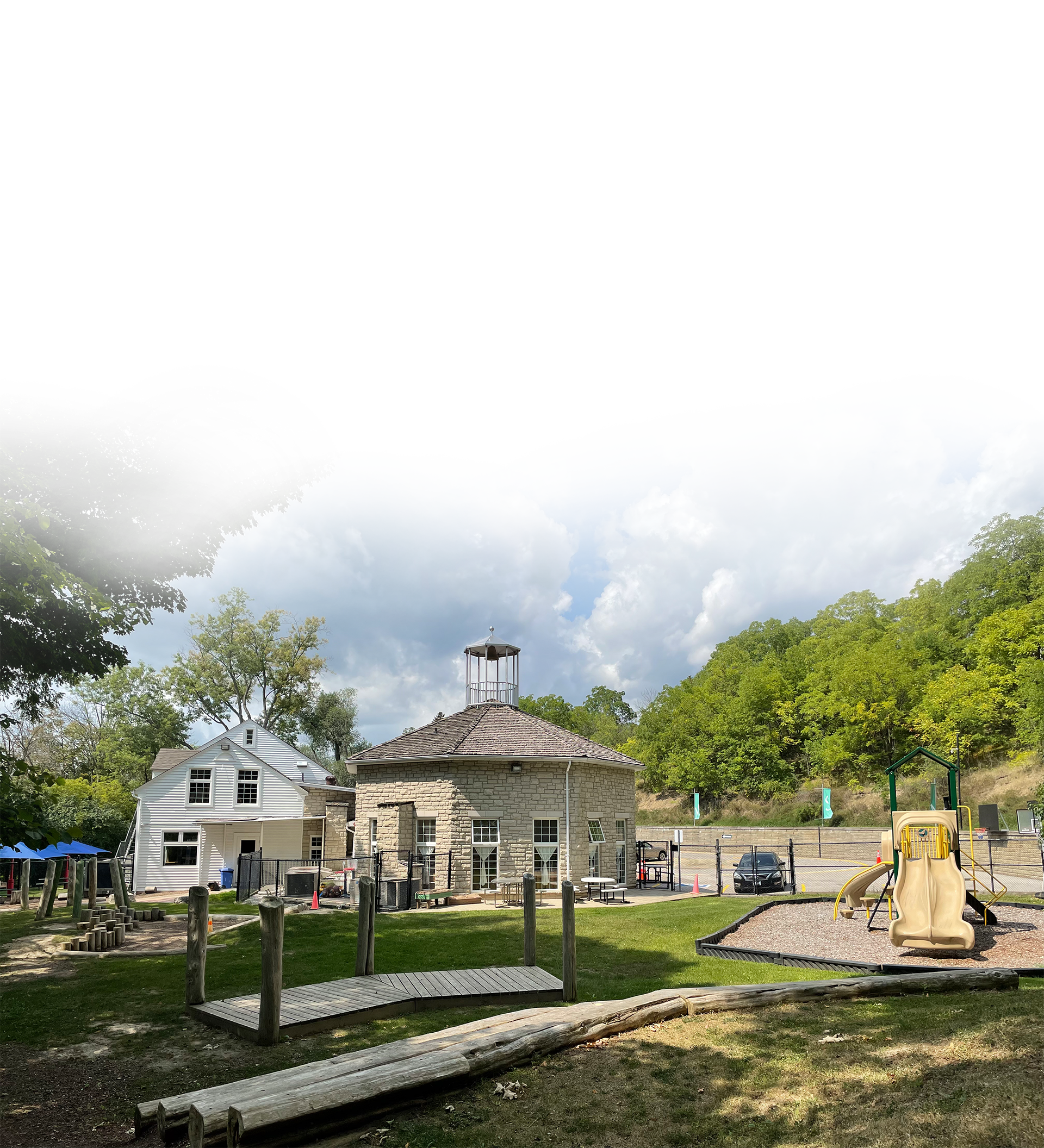

Sign up for our open house dates by calling Administration at 905-893-0560 ext. 0 to reserve your time slot. A Maximum of 2 persons at a time will be permitted per tour and per half hour. No children allowed. Masks are mandatory and a health screening check will be completed prior to your arrival. We look forward to meeting you.
Lorem ipsum dolor sit amet, consectetur adipiscing elit. Maecenas et felis mattis, eleifend nisl vitae, efficitur ex. Nulla vel urna felis. Vestibulum mattis lobortis magna ac faucibus.
